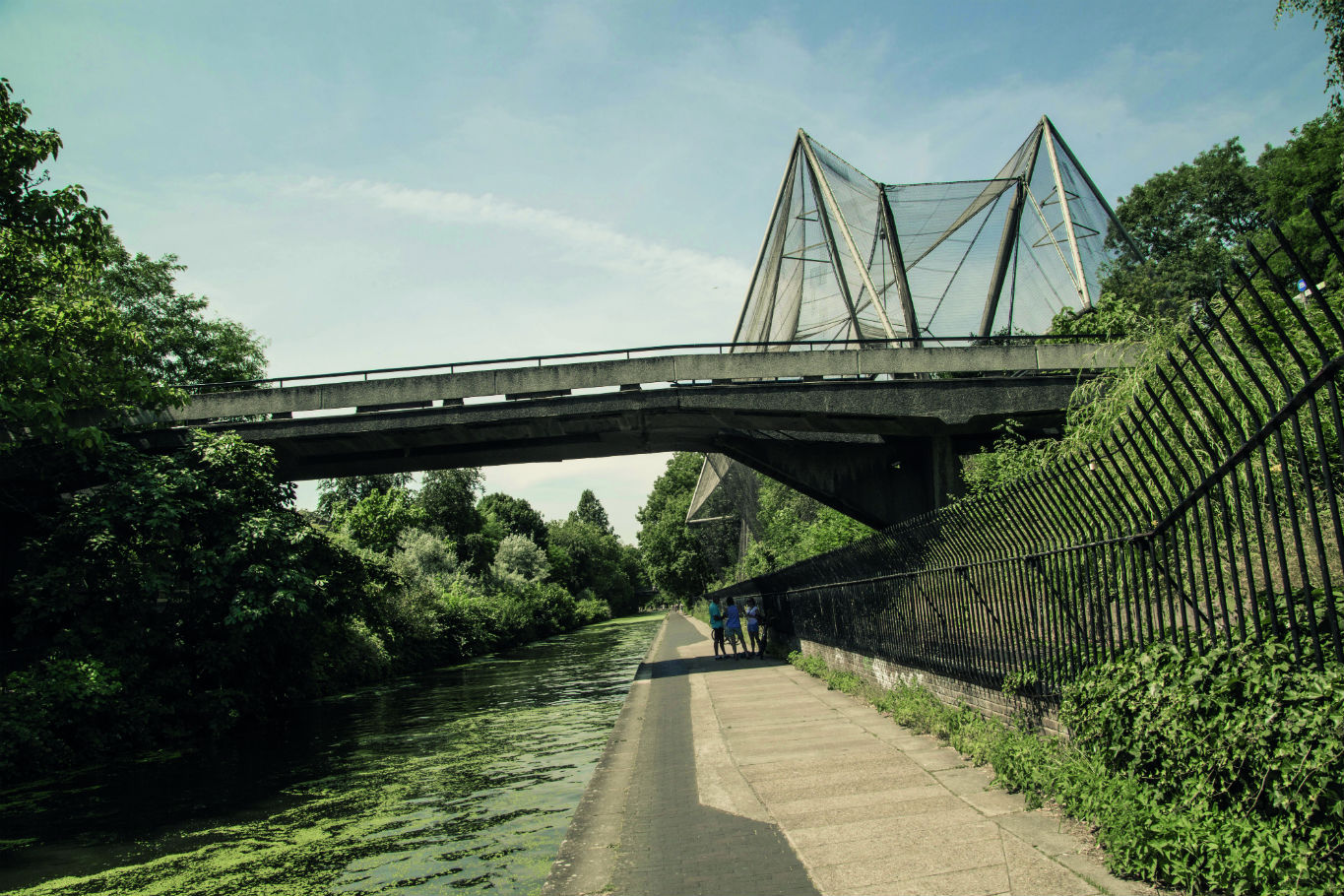For animal fans, London Zoo is quite the draw. Hundreds of species on display, from curious insects, rare snails, reptiles and fish to tigers and lions rehoused in new enclosures to evoke their natural environments.
But a thorough visit can take up a whole day, although it is value for money, if you factor in the rich diversity on display, the work the zoo does to provide the animals with every possible comfort, and their commitment to research and conservation. Yet there are still financial considerations. It’s not a bargain day out, and it should never be.
Locals have long known that if you have a half hour or so in and around Regent’s Park, you might catch a glimpse of a few inhabitants for free. The zoo has become more savvy about people peeping over the years, and while you can no longer enjoy the squirrel monkeys (once so accessible from the park that they escaped on one glorious day in 2006), a mini-safari trail will undoubtedly whet your appetite for a paid trip.
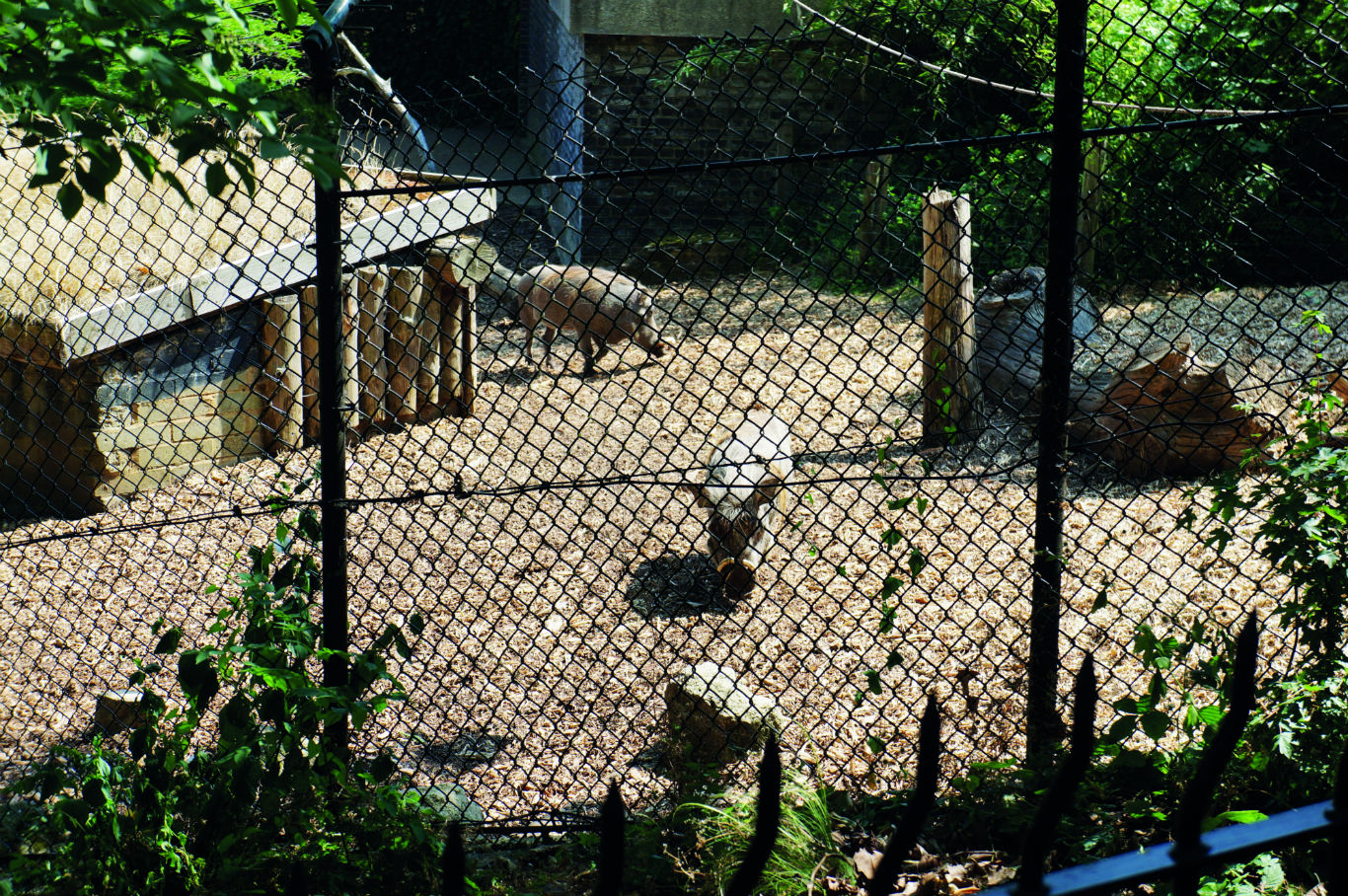
Aviary and the African Plains
The Regent’s Canal is sandwiched between two sections of the zoo, the northern, Primrose Hill side dominated by the Snowdon Aviary. Opened in 1965, the massive aluminium and steel structure wrapped in netting was the first walk-through aviary in the world, but you can always walk alongside. The roster of birds changes regularly, but there are usually a selection of exotic ducks and cranes as well as native starlings and sparrows nipping in to take advantage of the shelter and free food.
Most easily spotted, the round-winged white birds with bald black heads are sacred ibises, and you may also see similar birds with dark bodies and pink heads: these are bald ibises (also known as waldrapps). Black kites flit buoyantly from perch to perch in the high peaks and on the ground are displaying peacocks—undoubtedly one of the most impressive sights of the animal kingdom.
Across the canal, brindled African hunting dogs pace up and down their enclosure with an easy loping gait. Endangered across their native range by habitat loss, human conflict, and diseases transmitted by domestic dogs, zoo populations are essential for conservation and to educate people of their plight.
Warthogs in the wild would not be complacent about such proximity to one of their many predators, but in an adjacent enclosure these wild pigs—with faces only a mother could love—bask in the sun or (wallow in the mud) without a care, living their best Pumbaa lives, metres from a mortal enemy.
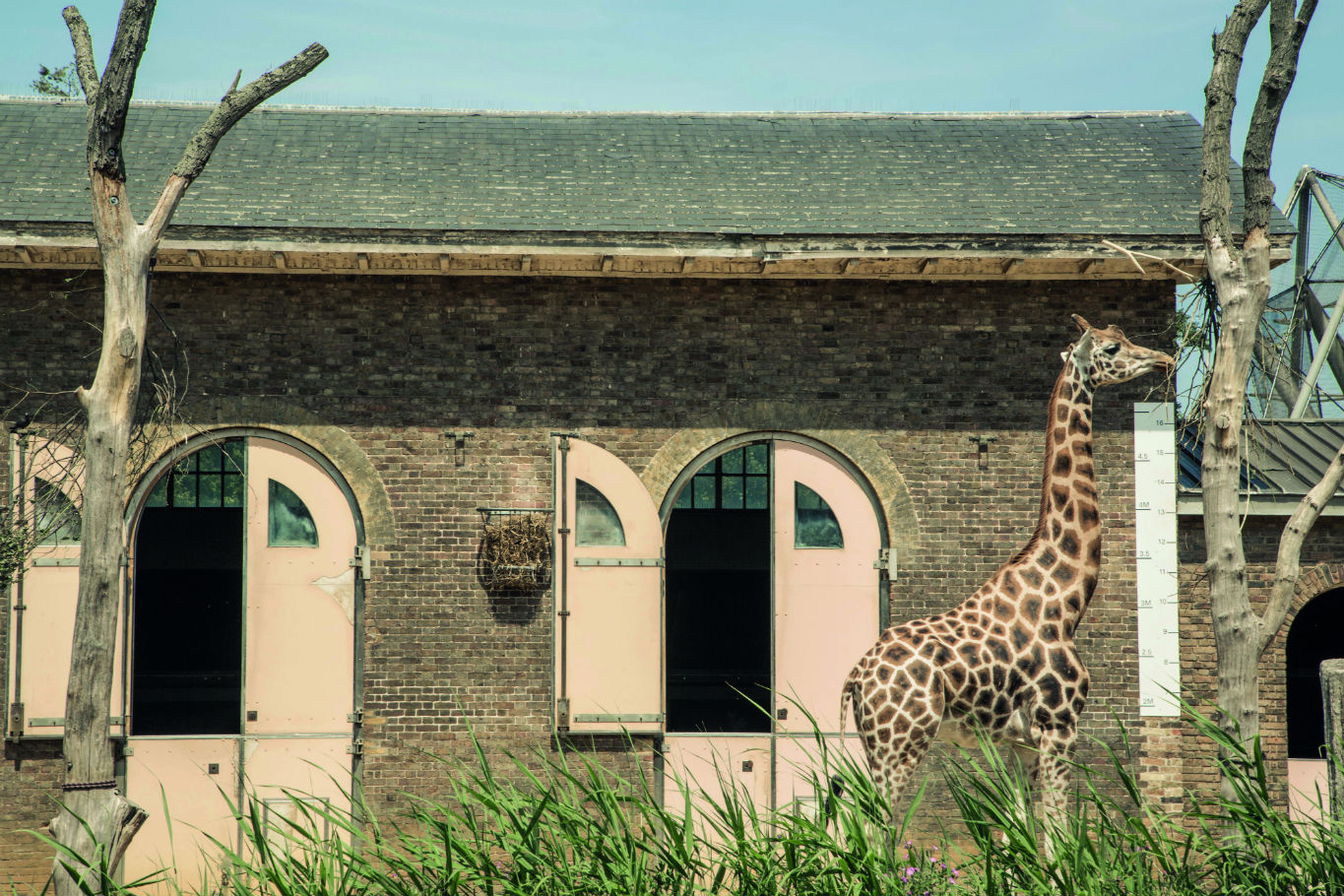
From the jungles to the savannah
Across the canal, you can catch a glimpse through the chain link fence of one of the most enigmatic animals in the zoo. Okapis are a deep chocolate brown with zebra-striped back legs. They look maybe like a deer, or perhaps a horse, but they are, in fact, the closest living relatives of giraffes.
Denizens of the deep Congo rainforests, okapis became known to science only in 1912. Before crossing the road, on the north side of the outer circle next to the okapis you can see zebras through the fence – and get stunning views of the giraffes.
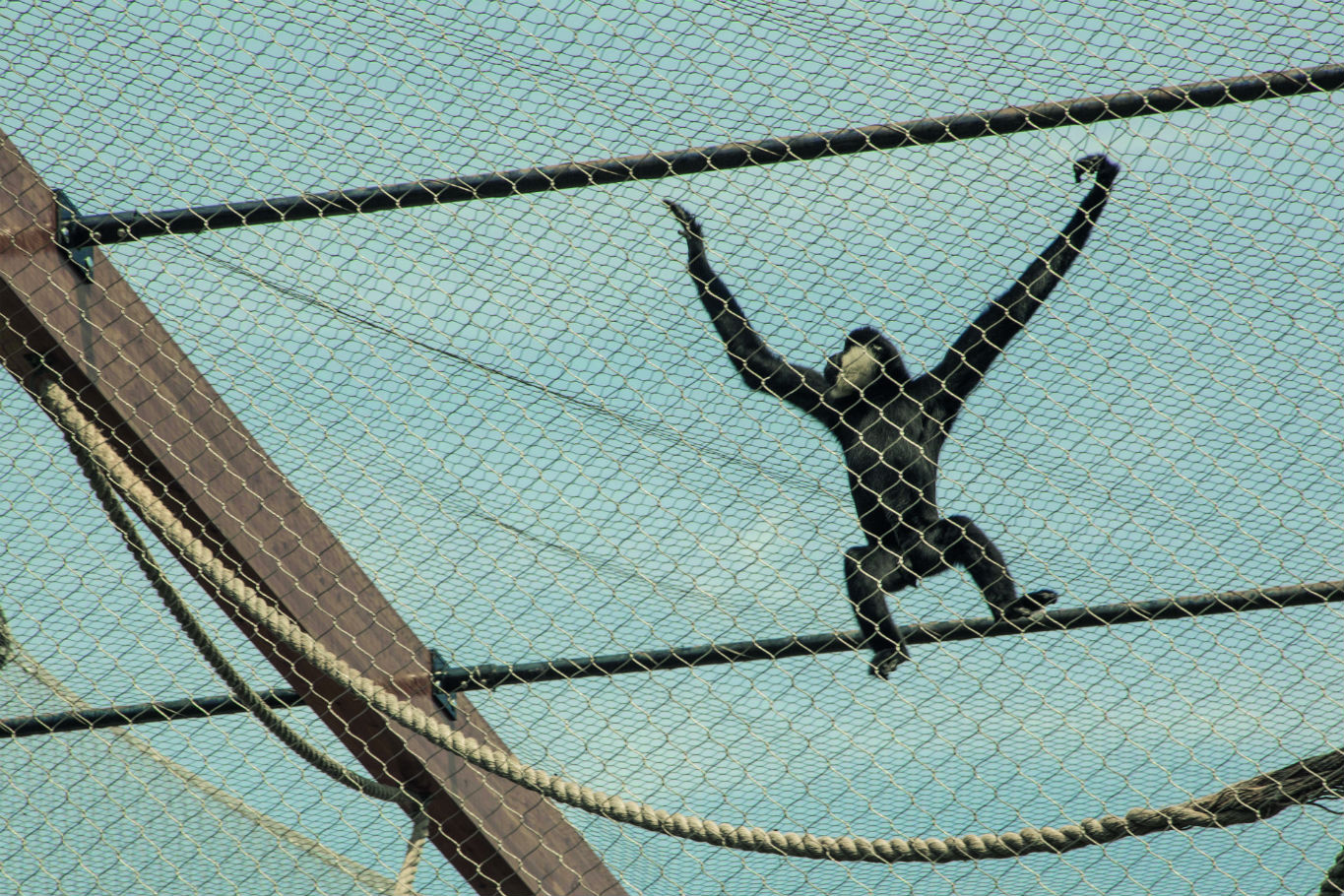
Southeast Asia
Back in Regent’s Park, the southwest corner is dominated by the fake brown mountain of Mappin Terraces, which once housed bears and mountain goats, although its upper slopes are now empty. Walk down the bank on your left to a well-trodden track that runs alongside the zoo perimeter.
Through the fence white cheeked gibbons swing through their enclosure on branches and ropes, long arms perfectly adapted for a life spent swinging through the treetops of tropical forest. Further along, if you’re exceptionally lucky, you can occasionally glimpse the Sumatran tigers—but don’t count on it.
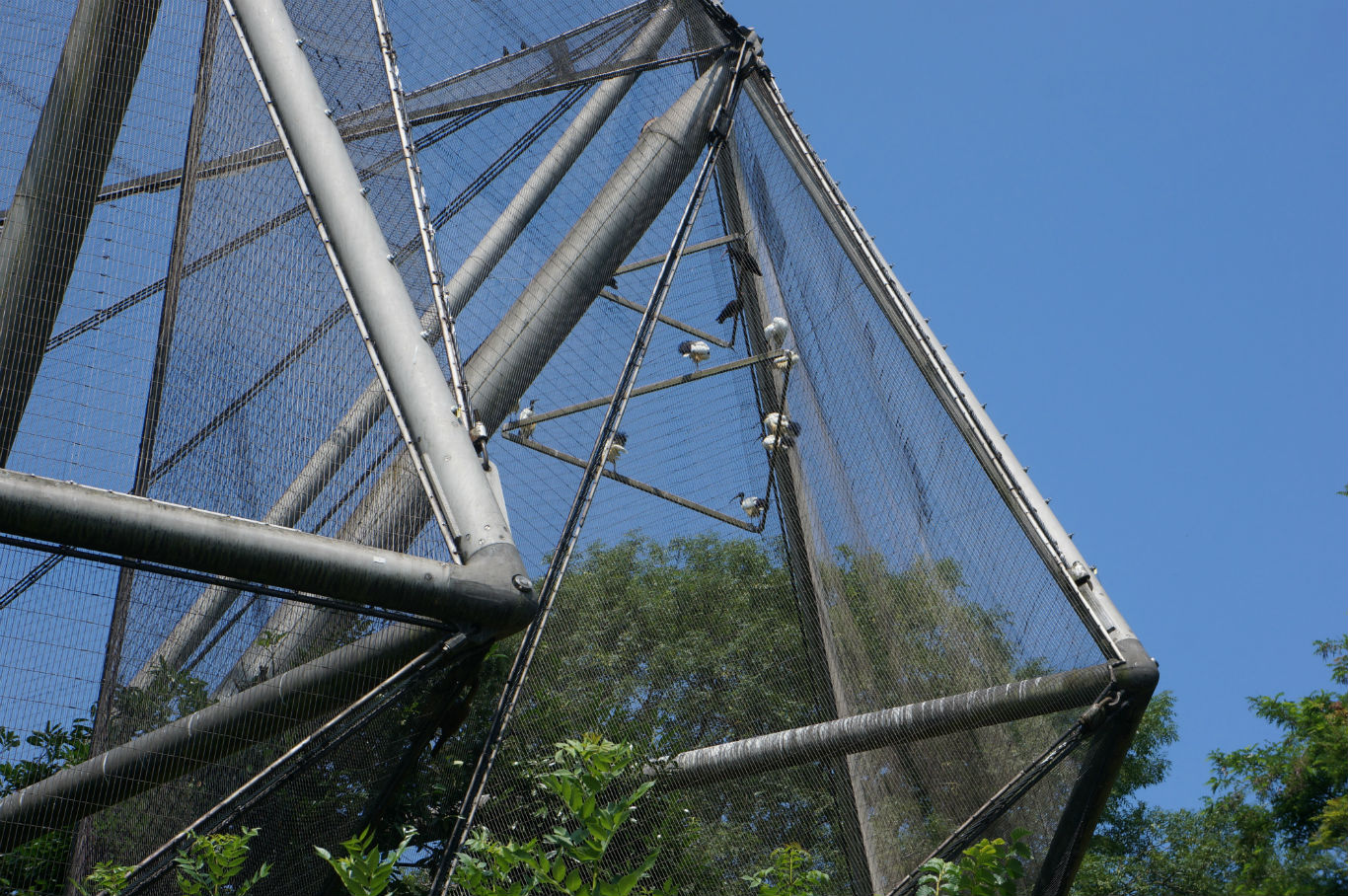
Camels and the petting zoo
The last decent views in the park are of the Bactrian camels and the petting zoo. Lumbering, shaggy beasts, the two-humped animals are endangered in their native Mongolia. The pygmy goats, chickens, and turkeys in the petting zoo next door are slightly less threatening that the enormous, imperious, spitting Bactrians.
Beyond the petting zoo, the area damaged by a fire recently is being renovated, and further on, dense planting obscures all but an occasional glimpse of the parrots that can be heard squawking beyond.
Hopefully in this short walk you’ll get a glimpse at least of some if not all the animals mentioned here. But as with any wildlife spotting excursion, no sighting is guaranteed—that’s half the fun though, right?
ZSL London Zoo is post-lockdown now and open all year around. If you enjoy this walk, make sure you check out the real thing next time. Fancy staying overnight? Read our review of the lodges here. More info on ticket prices here.
Main image: Dan Hall
Please support us if you can
In October 2020, Kentishtowner will celebrate its 10th birthday (unbelievable, right?). But with the demise of our free independent monthly print titles due to advertising revenues in freefall, we need your support more than ever to continue delivering cultural stories that celebrate our neighbourhoods. Every reader contribution, however big or small, is invaluable in helping the costs of running the website and the time invested in the research and writing of the articles published. Support Kentishtowner here for less than the price of a coffee – and it only takes a minute. Thank you.

